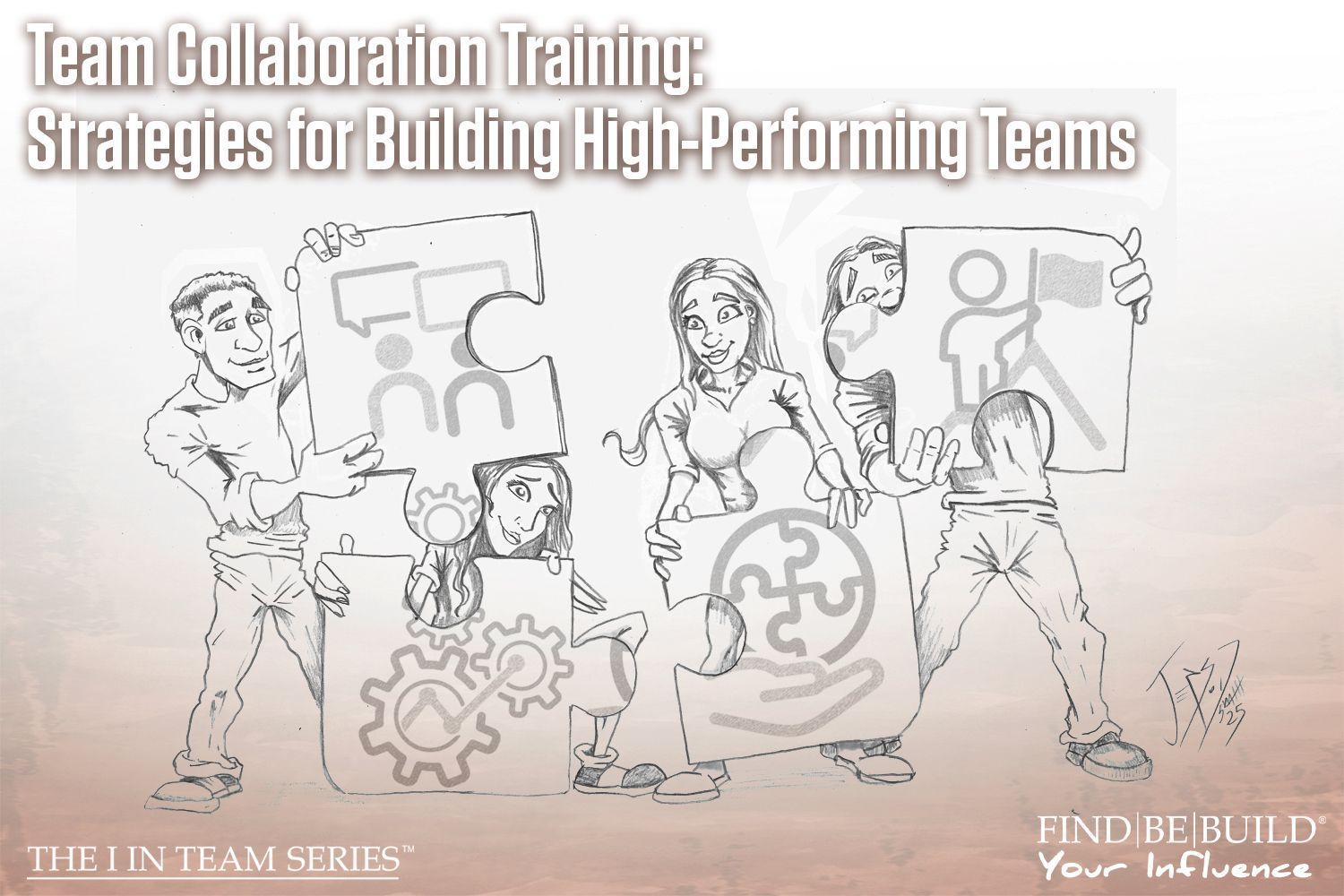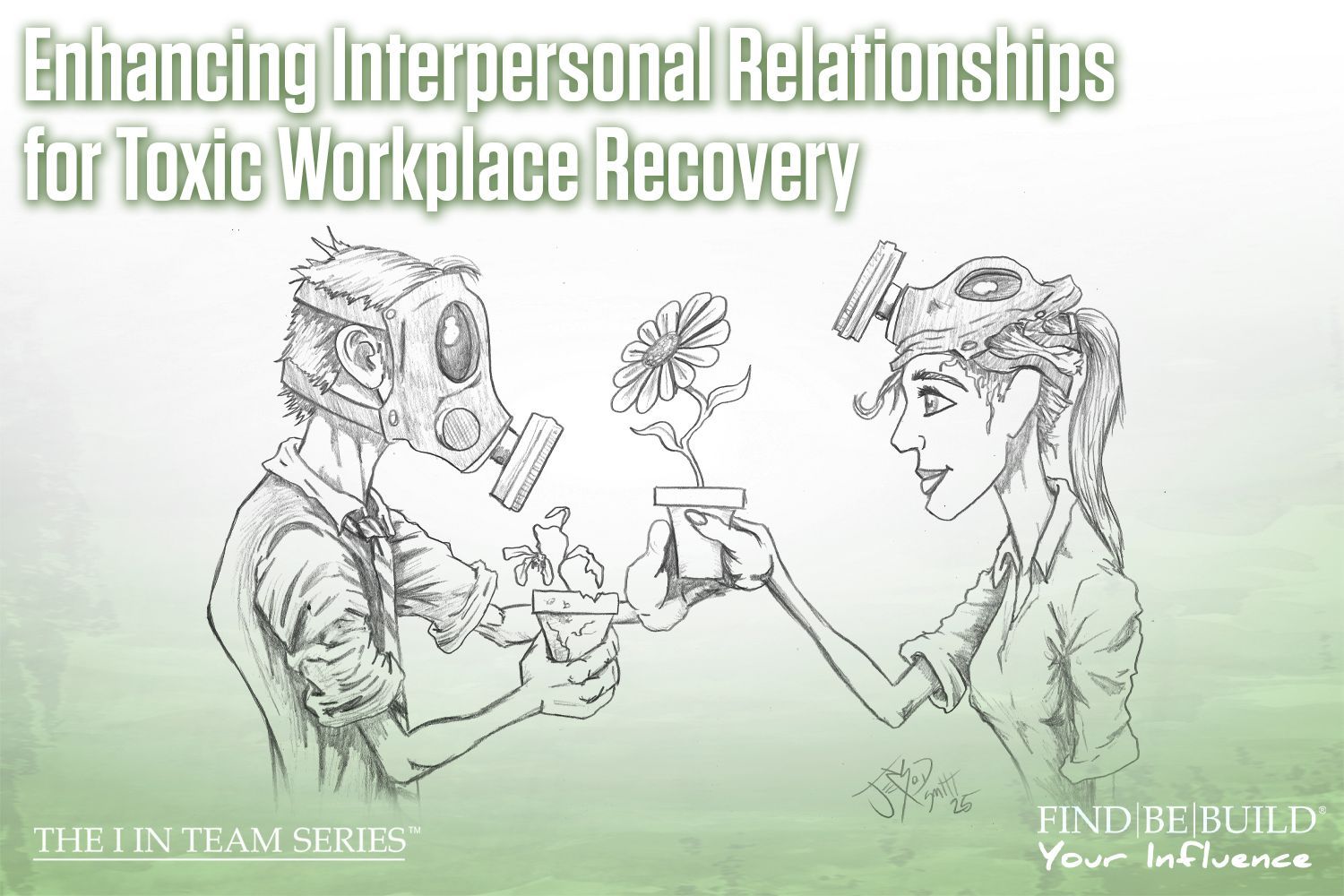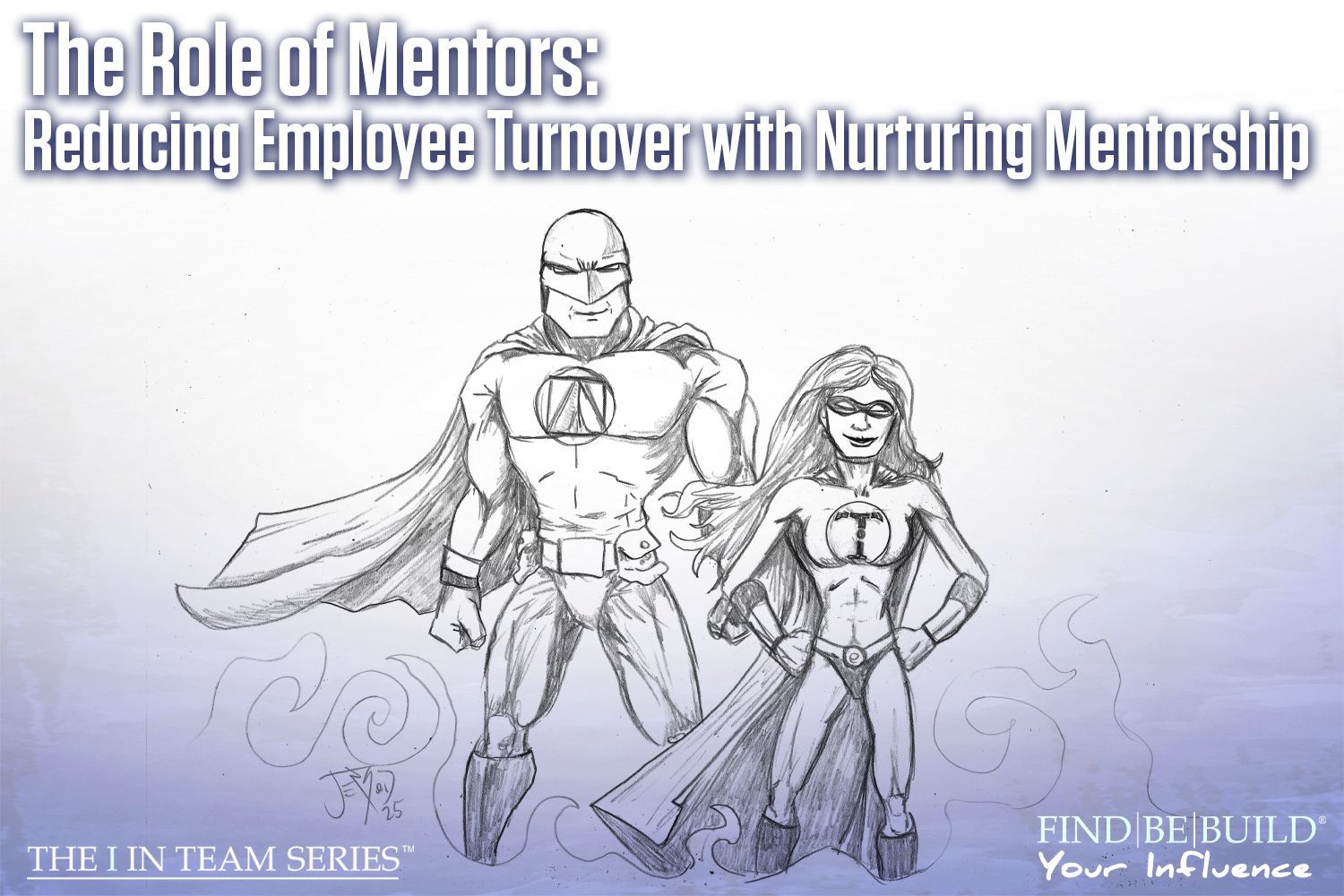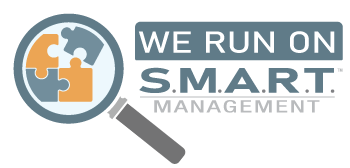7 Most Requested Business Documents

Discover the 7 most requested business consulting documents to streamline your operations and enhance client relationships.
Is it time to create a profit and loss statement for the bank or investors? Need to send your first invoice? Or creating a general partnership agreement? Before you spend tons of time writing one from scratch, take a look at our templates. Our database has over 2,000 documents that are industry specific. Here are the seven most requested business documents:
-
The Profit and Loss Statement
Perhaps the most critical of financial documents, the purpose of a profit and loss statement is to show accurate incoming revenue and outgoing expenses for a given time period. A profit and loss statement doesn’t show certain transactions that are balance sheet items or book values such as transfers from a savings to checking account or depreciation.
Commonly referred to as a P/L, this statement won’t display cash flow, but gives accountants, consultants, banks, and investors a great portrayal of your business’ income and expenses. Cash flow projections are different from a P/L in that a cash flow projection will show cash levels with respect to projected expenses, payments, transfers and deposits.
-
General Partnership Agreement
A general partnership agreement should never be overlooked if two or more people are considering doing business together. One partner may infuse substantial capital and other may rely on sweat equity. Either way, it’s important to denote who is bringing what to the table.
A great general partnership agreement clearly defines what each partner is responsible for and should create provisions for adding potential future partners to the business. This document may be referenced by banks when applying for loans, or by an accountant to accurately prepare tax returns.
It is our recommendation that any general partnership agreement is reviewed by an attorney and/or accountant before signing as there are many considerations of creating a general partnership agreement.
-
Business Plan Template
Ever wonder “where is my business heading?” Or “Why did I get into business?” These questions are indicators that you need a business plan. We have generic templates and many industry specific plans for your reference. Investors and bankers often request business plans to see financial projections, current and future product/service offerings, and other well thought out plans for the business.
Part of our proprietary BizVision process typically includes identifying the basic fundamentals of a business plan: Executive Smmary, Market Opportunity, Competition, Business Model, Financial Forecasting. Having a business plan template is a great way to see what investors or bankers are looking to see from your business.
-
Job Description Forms
Hiring your first employee can be scary. Rather than spending tons of time drafting job descriptions from scratch, refer to one of ours. Maybe you’re thinking about hiring your first employee, or just need an office manager. We have hundred of job description forms and probably have the one you’re looking for.
There are certain requirements for every job description; legal details, equal employment opportunities, and industry/job specific clauses too. After you’ve drafted a job description, and before you hire the employee, you need an employee handbook.
-
Employee Handbook Template
Employee Handbooks can include human resource information, important benefit details, employee support, disciplinary and attendance policies, and ethical standards.
When an employee begins work, you need to have this ready for them to review and acknowledge that they’ve read. Holding employees accountable begins with a clear, written understanding of expectations and continues with an outline of actions should certain expectations not be met.
-
Invoice Template
“I want to get paid.” Well, you need to submit an invoice first. Before that, you should have a company specific template for invoicing clients. Invoices should have client contact information, job/invoice numbers, service/product description and pricing, total amount due and terms of payment. You may also want to add your company’s logo to the invoice to enhance professionalism.
Want to connect your invoicing system to your accounting software? We have several solutions to enable your invoice information to sync with your accounting platform.
-
Investor Presentation Outlines
Delivering an impressive presentation to investors begins with having a great outline. An investor presentation outline should include more than just financial information. There are specific ratios, benchmarks, analyses, and industry trends that any savvy investor will want to know.
We don’t just stop with presentation outlines. We can create custom investor presentations too. Having the same outline when presenting your business is important so that you can measure at which parts of the presentation are producing more questions or losing interest.
© Individual Advantages, LLC. 2015
The post 7 Most Requested Business Documents appeared first on IA Business Advisors.












